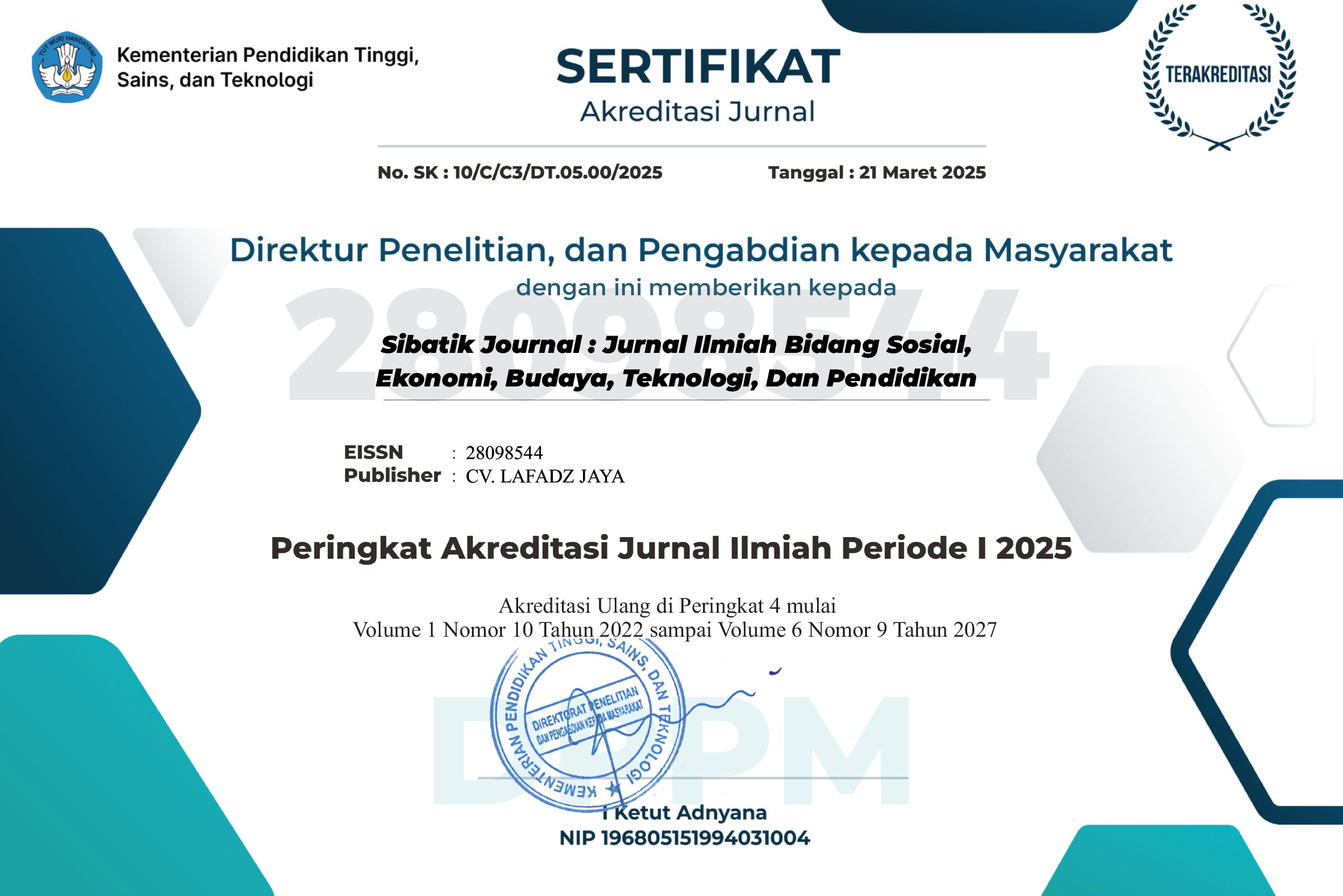INDONESIA'S GREEN, RED ECONOMIC SECTORS AND BANKING CREDIT RATES
Main Article Content
Heru Setyo Handogo
Irene Rini Demi Pangestuti
This research is to analyze the influence of economic sectors on loan interest rates given, by linking it to the issue of sustainable finance. This research tries to see whether there are differences in credit interest rates given by banks in Indonesia to economic sectors that support the environment (green) and economic sectors that support the environment. endangers the environment (red). The research uses samples from bank data in Indonesia for the period 2016 to 2021. Credit data is mapped to green and red economic sectors with criteria according to the Indonesian Green Taxonomy. Data is processed by panel regression using the fixed effect model. The results of the study show that there is a negative and significant relationship between green credit and loan interest rates. On red credit, although it has a positive correlation, it is not statistically significant.
Alareeni, B. A., & Hamdan, A. (2020). ESG impact on performance of US S&P 500-listed firms. 20.
An, X., Ding, Y., & Wang, Y. (2023). Green credit and bank risk: Does corporate social responsibility matter? Finance Research Letters, 58, 104349. https://doi.org/10.1016/j.frl.2023.104349
Andaiyani, S., Muthia, F., & Novriansa, A. (2023). Green credit and bank performance in Indonesia. 6(1).
Azmi, W. (2021). ESG activities and banking performance: International evidence from emerging economies. 18.
Bichsel, R., Lambertini, L., Mukherjee, A., & Wunderli, D. (2022). The pass-through of bank capital requirements to corporate lending spreads. Journal of Financial Stability, 58, 100910. https://doi.org/10.1016/j.jfs.2021.100910
Chairani, C., & Siregar, S. V. (2021). The effect of enterprise risk management on financial performance and firm value: The role of environmental, social and governance performance. 24.
Degryse, H., Goncharenko, R., Theunisz, C., & Vadasz, T. (2023). When green meets green. Journal of Corporate Finance, 78, 102355. https://doi.org/10.1016/j.jcorpfin.2023.102355
Ding, X., Ren, Y., Tan, W., & Wu, H. (2023). Does carbon emission of firms matter for Bank loans decision? Evidence from China. International Review of Financial Analysis, 86, 102556. https://doi.org/10.1016/j.irfa.2023.102556
Dunz, N., Naqvi, A., & Monasterolo, I. (2020). Climate Transition Risk, Climate Sentiments, and Financial Stability in a Stock-Flow Consistent Model$. 65.
Freeman, R. E., Parmar, B. L., Harrison, J. S., Wicks, A. C., Purnell, L., & de Colle, S. (2010). Stakeholder Theory: The State of the Art. Academy of Management Annals, 4(1), 403–445. https://doi.org/10.5465/19416520.2010.495581
Giraudet, L.-G., Petronevich, A., & Faucheux, L. (2021). Differentiated green loans. Energy Policy, 149, 111861. https://doi.org/10.1016/j.enpol.2020.111861
Golbabaei, A., & Botshekan, M. (2022). The capital ratio and the interest rate spread: A panel threshold regression approach. The Quarterly Review of Economics and Finance, 85, 289–302. https://doi.org/10.1016/j.qref.2022.04.002
Gu, L., Peng, Y., Vigne, S. A., & Wang, Y. (2023). Hidden costs of non-green performance? The impact of air pollution awareness on loan rates for Chinese firms. Journal of Economic Behavior & Organization, 213, 233–250. https://doi.org/10.1016/j.jebo.2023.07.014
Kabir, M. N., Rahman, S., Rahman, M. A., & Anwar, M. (2021). Carbon emissions and default risk: International evidence from firm-level data. Economic Modelling, 103, 105617. https://doi.org/10.1016/j.econmod.2021.105617
Kleimeier, S., & Viehs, M. (2021). Pricing carbon risk: Investor preferences or risk mitigation? Economics Letters, 205, 109936. https://doi.org/10.1016/j.econlet.2021.109936
Lamperti, F., Bosetti, V., Roventini, A., Tavoni, M., & Treibich, T. (2021). Three green financial policies to address climate risks. Journal of Financial Stability, 54, 100875. https://doi.org/10.1016/j.jfs.2021.100875
Naqvi, H., & Pungaliya, R. (2023). Bank size and the transmission of monetary policy: Revisiting the lending channel. Journal of Banking & Finance, 146, 106688. https://doi.org/10.1016/j.jbankfin.2022.106688
Nugrahaeni, R., & Muharam, H. (2023). THE EFFECT OF GREEN CREDIT AND OTHER DETERMINANTS OF CREDIT RISK COMMERCIAL BANK IN INDONESIA. Journal of Business, 4(2).
OJK. (2021). Roadmap Keuangan Berkelanjutan Tahap II (2021—2025). Otoritas Jasa Keuangan.
Otoritas, J. K. (2022). Taksanomi Hijau Indonesia Versi 1.0. Otoritas Jasa Keuangan.
Pohl, C., Schüler, G., & Schiereck, D. (2023). Borrower- and lender-specific determinants in the pricing of sustainability-linked loans. Journal of Cleaner Production, 385, 135652. https://doi.org/10.1016/j.jclepro.2022.135652
Were, M., & Wambua, J. (2014). What factors drive interest rate spread of commercial banks? Empirical evidence from Kenya. Review of Development Finance, 4(2), 73–82. https://doi.org/10.1016/j.rdf.2014.05.005
Xing, C., Zhang, Y., & Tripe, D. (2021). Green credit policy and corporate access to bank loans in China: The role of environmental disclosure and green innovation. International Review of Financial Analysis, 77, 101838. https://doi.org/10.1016/j.irfa.2021.101838
Zhu, B., & Zhao, Y. (2022). Carbon risk and the cost of bank loans: Evidence from China. Technological Forecasting and Social Change, 180, 121741. https://doi.org/10.1016/j.techfore.2022.121741

























